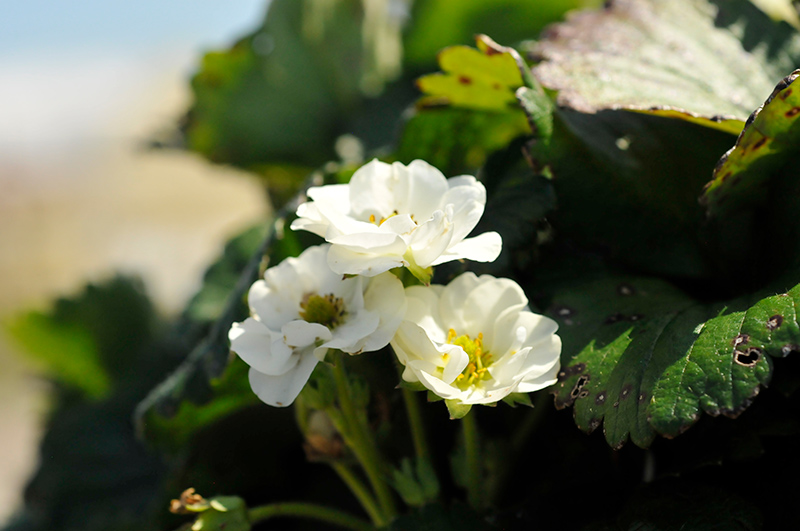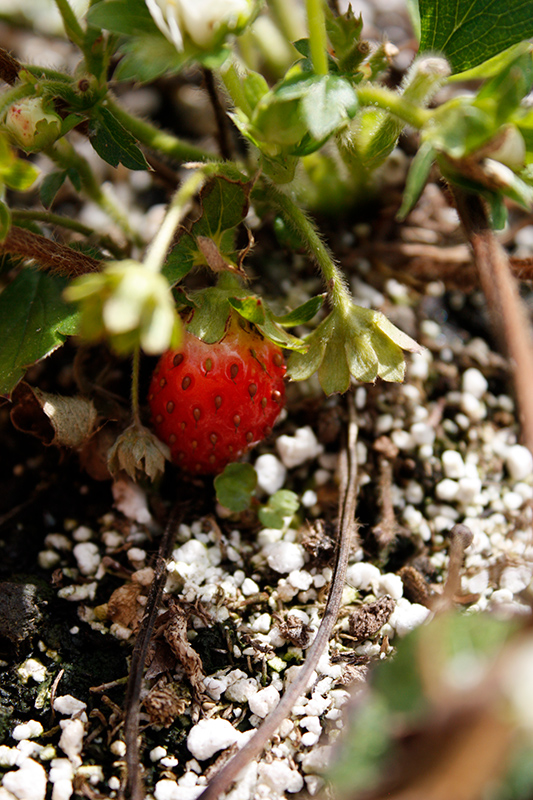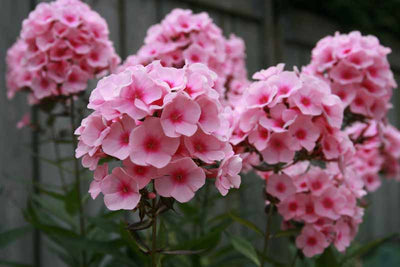Plant Library
Berried Treasure® White Strawberry
Fragaria ananassa 'Berried Treasure White'
Height: 16 inches
Spacing: 12 inches
Sunlight:
![]()
Hardiness Zone: 4a
Brand: Proven Winners
Description:
This everbearing mounded variety with trailing tendencies is both ornamental and edible; heat tolerant plants produce bright white semi-double white flowers are followed by delicious small sweet red fruit; superb in containers, hanging baskets and gardens
Edible Qualities
Berried Treasure® White Strawberry is a perennial that is commonly grown for its edible qualities, although it does have ornamental merits as well. It produces small red oblong berries which are usually ready for picking from early summer to early fall. This variety is considered an everbearing type of strawberry, which means that it will repeatedly produce fruit across most of the season. The berries have a sweet taste and a firm texture.
The berries are most often used in the following ways:
- Fresh Eating
- Eating When Cooked/Prepared
- Baking
- Preserves
- Freezing
Features & Attributes
Berried Treasure® White Strawberry has masses of beautiful semi-double white daisy flowers with gold eyes along the stems from early to late summer, which are most effective when planted in groupings. Its round compound leaves remain green in color throughout the season. It features an abundance of magnificent red berries from early summer to early fall.
This is an open herbaceous perennial with a spreading, ground-hugging habit of growth. Its relatively fine texture sets it apart from other garden plants with less refined foliage. This is a high maintenance plant that will require regular care and upkeep, and should not require much pruning, except when necessary, such as to remove dieback. It is a good choice for attracting birds to your yard, but is not particularly attractive to deer who tend to leave it alone in favor of tastier treats. Gardeners should be aware of the following characteristic(s) that may warrant special consideration;
- Spreading
Aside from its primary use as an edible, Berried Treasure® White Strawberry is sutiable for the following landscape applications;
- Border Edging
- General Garden Use
- Groundcover
- Container Planting
- Hanging Baskets
Planting & Growing
Berried Treasure® White Strawberry will grow to be about 16 inches tall at maturity, with a spread of 24 inches. When grown in masses or used as a bedding plant, individual plants should be spaced approximately 12 inches apart. It grows at a fast rate, and under ideal conditions can be expected to live for approximately 10 years. As an herbaceous perennial, this plant will usually die back to the crown each winter, and will regrow from the base each spring. Be careful not to disturb the crown in late winter when it may not be readily seen! This is a self-pollinating variety, so it doesn't require a second plant nearby to set fruit.
This plant is quite ornamental as well as edible, and is as much at home in a landscape or flower garden as it is in a designated edibles garden. It should only be grown in full sunlight. It does best in average to evenly moist conditions, but will not tolerate standing water. It is particular about its soil conditions, with a strong preference for rich, acidic soils. It is somewhat tolerant of urban pollution. Consider applying a thick mulch around the root zone in both summer and winter to conserve soil moisture and protect it in exposed locations or colder microclimates. This is a selected variety of a species not originally from North America. It can be propagated by division; however, as a cultivated variety, be aware that it may be subject to certain restrictions or prohibitions on propagation.
Berried Treasure® White Strawberry is a good choice for the edible garden, but it is also well-suited for use in outdoor containers and hanging baskets. Because of its spreading habit of growth, it is ideally suited for use as a 'spiller' in the 'spiller-thriller-filler' container combination; plant it near the edges where it can spill gracefully over the pot. Note that when growing plants in outdoor containers and baskets, they may require more frequent waterings than they would in the yard or garden.






